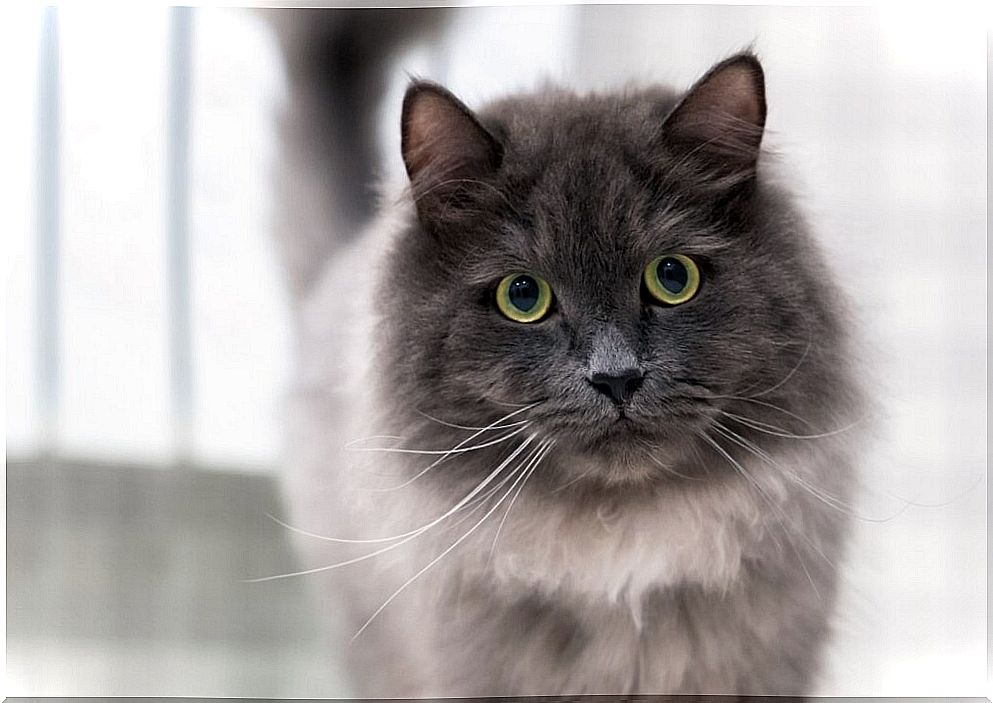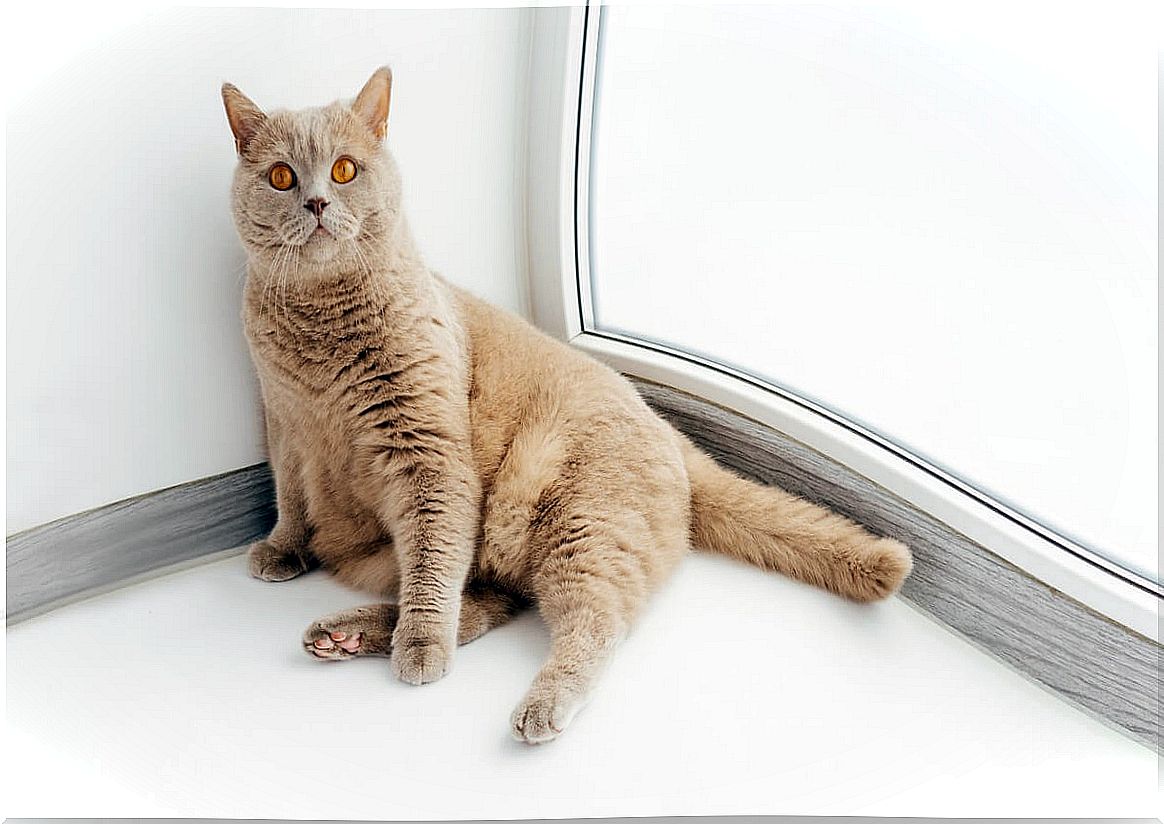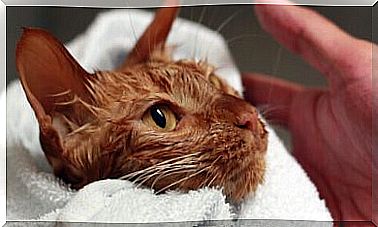How To Identify Pain In Cats?

Knowing how to recognize pain in cats is essential, not only to avoid their suffering, but to strengthen the guardian-feline bond. However, learning to recognize the signs is not entirely intuitive: it takes time and knowledge.
In this article, you can learn all the basics related to pain in these mammals. From the definition itself to the different behaviors that indicate it, you will have the tools you need to permanently avoid pain for your cat.
What is pain in cats?
Pain is defined as an unpleasant sensory and emotional experience associated with actual or potential tissue damage. It is a protective mechanism that involves physiological and behavioral changes.
Types of pain
Pain can be classified into 2 categories based on its duration, regardless of whether it is in cats or any other animal. These are as follows:
- Acute pain: This is what appears after an injury or illness and disappears with recovery. This pain is considered adaptive, as it regulates behavior to prevent damage from getting worse during recovery.
- Chronic pain: this, unlike the previous one, persists when the damage is repaired. It occurs as a result of changes in the nervous system and is not reversible. Therefore, it is not considered adaptive, as it does not perform any function for survival and recovery.

Signs of pain in cats
Cats, at first glance, appear resistant, as they tend to hide the symptoms of their disease and pain, to avoid appearing weak to competitors. Some of the clinical signs of this discomfort will be easy to identify, but others won’t, and you need to know where to look. Here are the most common.
Postural and movement signs
When the cat has an injury to the joints, muscles and other structures that allow movement, the pain will be identifiable mainly through posture. Lack of activity and movement can also be a sign of physical pain. Some of the antalgic movements and postures that you can find in felines are the following:
- Bent pose, with your back arched most of the time.
- Lameness and / or legs that do not rest on the ground.
- Extend the front legs, as if the cat is constantly stretching.
- General inactivity.
On the other hand, when it comes to visceral pain, you may notice that your feline curls up – just like humans shrink when we have cramps in the abdomen – or that it stretches to support its belly on a surface. This behavioral sign is usually accompanied by vomiting or diarrhea.
Changes in bowel movements
Pain in cats can also manifest itself in the way they urinate and defecate. In general, you will see that the cat is not using the litter box – it may not be able to access it due to pain – or that it scores points with urine that it normally would not.
Alterations of character
Like any other animal, cats can say that pain puts them in a worse mood. This results in various behaviors, such as the following:
- Aggressive episodes, scratches or unmotivated bites.
- Lack of interaction with other animals or with the guardian.
- Lack of grooming, as the coat looks disheveled and dirty.
- Anorexia or decreased food intake.
- Excessive salivation
- Frequent vocalizations.
Tools for identifying pain in cats
Correctly identifying all of these signs is not an easy task, even knowing that they exist. Body language is the key to detecting pain in cats, but it requires spending time with each individual and learning how it manifests.
Once you go to the vet, he will have other tools to assess feline discomfort. The measurement scales used by professionals, on the other hand, evaluate the severity of pain through the analysis of feline behaviors. The 3 most representative scales are these:
- UNESP – Botucatu scale : has 10 different variables that need to be analyzed; posture, comfort, activity, attitude, reaction to palpation of the wound and abdomen, blood pressure, appetite, vocalization and others.
- Glasgow Pain Scale for Cats: has 7 variables in which spontaneous and evoked behaviors, interactions with the animal and clinical observations are expected.
- Grimace Scale: Evaluates pain in cats by ear position, eye orientation, muzzle tension, whiskers, and head position.
Although these scales have been scientifically created and evaluated, the results largely depend on taking a correct medical history. This, in turn, increases the guardian’s responsibility in analyzing his feline’s behavior, as he must answer the veterinarian’s questions in the most appropriate way.

Seeing a loved one suffer is not something pleasant for anyone. Knowing these signs and recognizing them easily will be of great help in minimizing the discomfort of your pet and, of course, for an early diagnosis of situations that can become serious.









